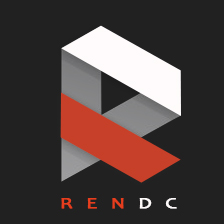The Sun SeeBeyond Enterprise Manager is a Web-based
interface that allows you to monitor and manage
your Sun Java Composite Application Platform Suite
applications. The Enterprise Manager requires
an eWay specific “plug-in” for each of your installed
eWays.
These plug-ins enable the Enterprise Manager to target
specific alert codes for each eWay type,
as well as to start and stop the inbound eWays.
The Sun Java Composite Application Platform Suite
Installation Guide describes how to
install the Sun SeeBeyond Enterprise Manager. The Sun
SeeBeyond eGate™ Integrator System Administration Guide
describes how to monitor servers, Services, logs, and
alerts using the Sun SeeBeyond Enterprise Manager
and the command-line client.


